HOME >> METRO SHANGHAI
Faces of enlightenment
By Sun Shuangjie Source:Global Times Published: 2014-12-8 16:58:01
The changing images of Buddha in Indian art
The most familiar image of an Indian Buddha to Chinese people might be that featured in the extremely popular Chinese TV series Journey to the West, in which a Chinese monk in the Tang Dynasty (618-907) traveled all the way to India to see the sage. In reality, as well as the plump Buddha with curly hair and large earlobes featured in the TV series, there are many other versions of images of Gautama Buddha in Buddhist history. Recently, Shanghai Museum has been displaying 91 images of the Buddha from India, showcasing the entire life of Siddhartha Gautama.
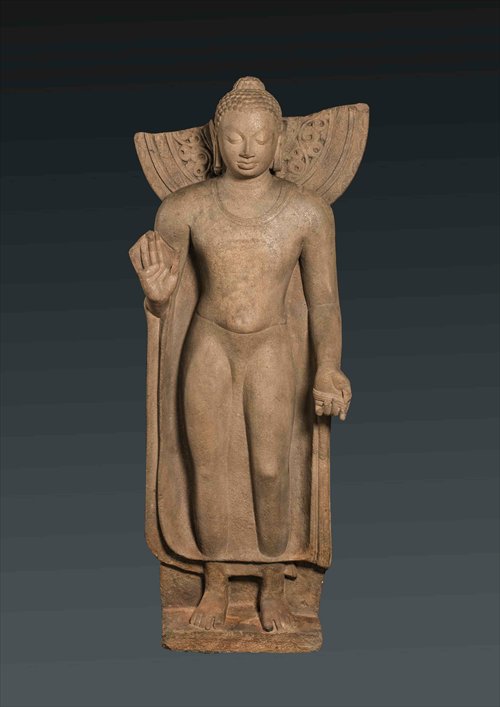
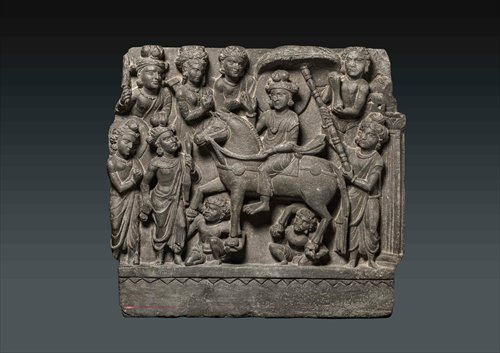
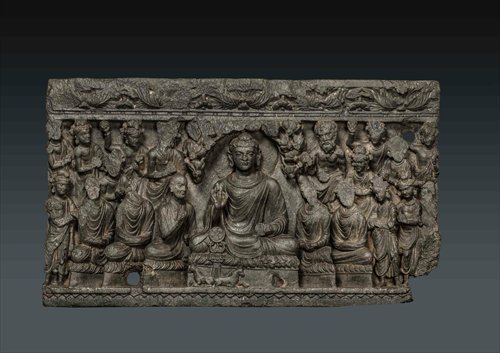
All of the exhibits are provided by the Indian Museum, Kolkata, which boasts a history of 200 years. The exhibition is one of the largest of its kind presented in China by an Indian museum, and is part of the Glimpses of India Festival, initiated by the Indian Embassy in Beijing along with the Indian consulates in China to celebrate the India-China Year of Friendly Exchanges in 2014. The exhibition will also tour to Tokyo, Seoul and Singapore. "They are very precious exhibits showcased here, with the oldest dating back to the 2nd century BC," said Chen Xiejun, the director of Shanghai Museum.
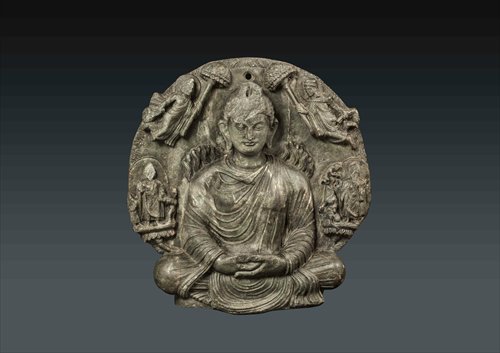
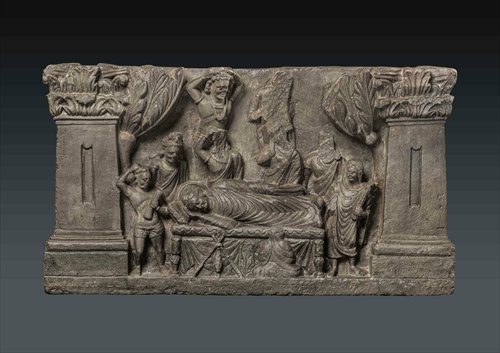
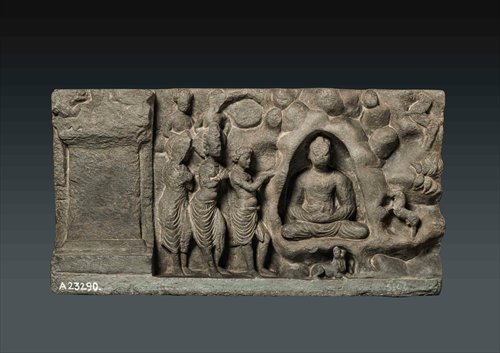
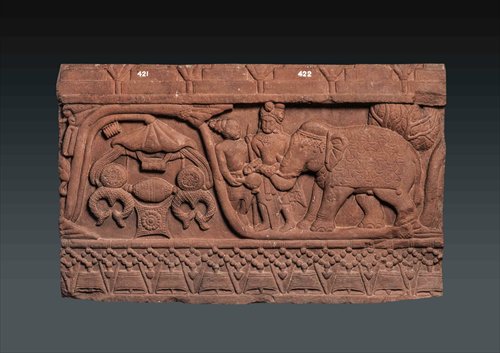
Siddhartha Gautama, who lived around the transition of the 6th to 5th centuries BC in India, enjoyed a miraculous life, according to stories passed down. Visitors can see this through the exhibits, which depict stories such as how his mother dreamt of an elephant entering her body and soon after found she was expecting a baby; how he was born out of his mother's armpit; and how he meditated for 49 days under a Bodhi tree before he finally became the Buddha.
The exhibits also reveal the changing history of Buddhist art. Deepak Ashish Kaul, director of the India's Ministry of Culture who attended the opening ceremony of the exhibition, said Buddhist art before the 1st century BC seldom featured images of the Gautama Buddha, instead using symbols such as an empty throne or the Bodhi tree to present the saint. From the 1st century AD, different versions of figures of the Buddha began to appear.
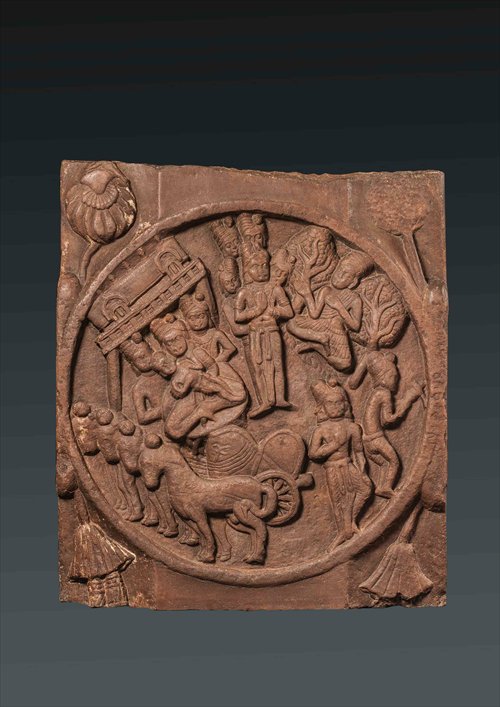
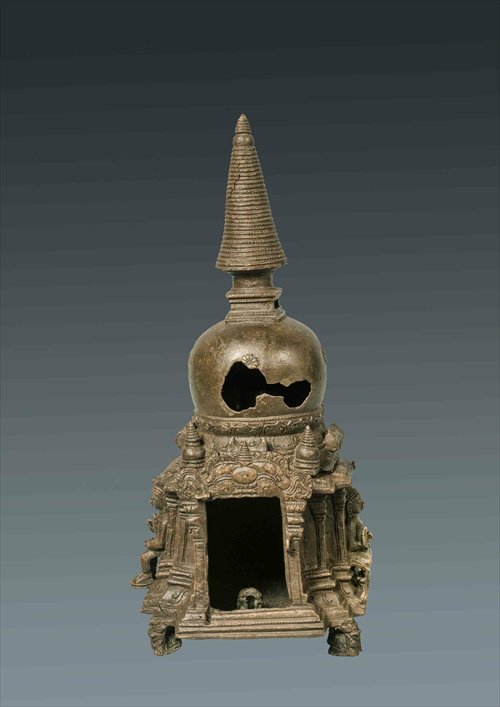
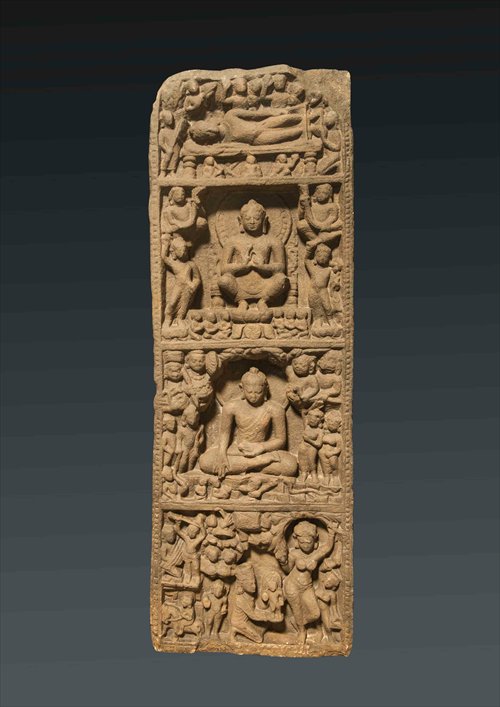
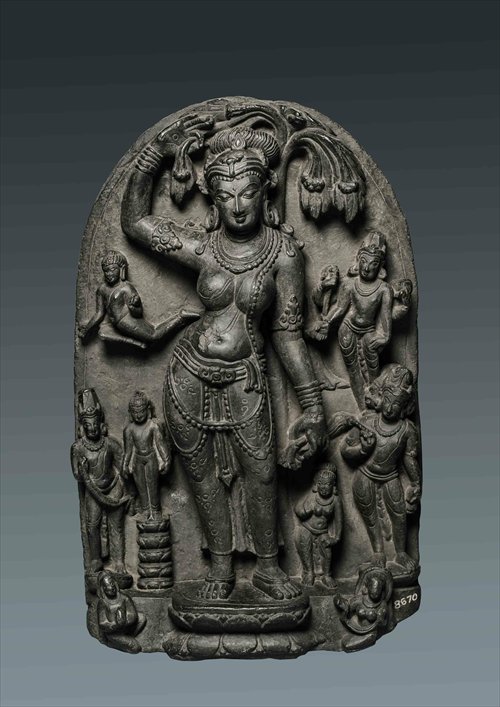
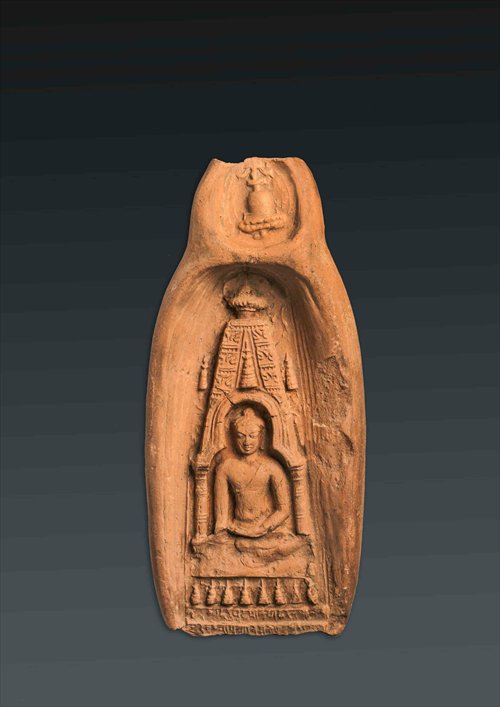
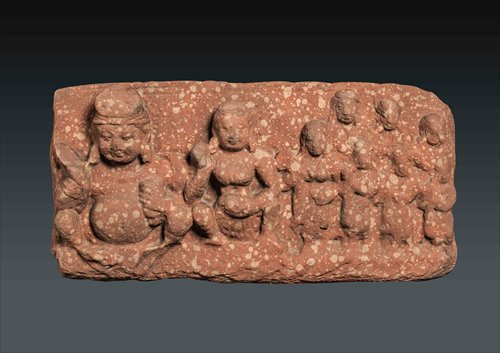
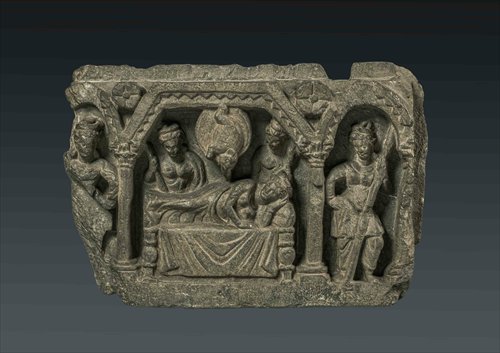
Visitors can see three different styles of Buddha images at the exhibition, which are the Gandhara style prevalent in north India and the Mathura style popular in southeast India before India was unified, and the Gupta style after Indian unification in the 5th century.
Also on view at the exhibition are several series of precious palm tree leaves on which are written Buddhist stories and scriptures. The tree leaves are about 600 years old and have had to be specially preserved to ensure their survival.
Date: Until February 2, 9 am to 5 pm
Venue: Hall 2, Shanghai Museum
上海博物馆第二展厅
Address: 201 People's Avenue
人民大道201号
Admission: Free
Call 6372-3500 for details

Images of Buddha from India are on display at Shanghai Museum. Photos: Courtesy of the museum


All of the exhibits are provided by the Indian Museum, Kolkata, which boasts a history of 200 years. The exhibition is one of the largest of its kind presented in China by an Indian museum, and is part of the Glimpses of India Festival, initiated by the Indian Embassy in Beijing along with the Indian consulates in China to celebrate the India-China Year of Friendly Exchanges in 2014. The exhibition will also tour to Tokyo, Seoul and Singapore. "They are very precious exhibits showcased here, with the oldest dating back to the 2nd century BC," said Chen Xiejun, the director of Shanghai Museum.




Siddhartha Gautama, who lived around the transition of the 6th to 5th centuries BC in India, enjoyed a miraculous life, according to stories passed down. Visitors can see this through the exhibits, which depict stories such as how his mother dreamt of an elephant entering her body and soon after found she was expecting a baby; how he was born out of his mother's armpit; and how he meditated for 49 days under a Bodhi tree before he finally became the Buddha.
The exhibits also reveal the changing history of Buddhist art. Deepak Ashish Kaul, director of the India's Ministry of Culture who attended the opening ceremony of the exhibition, said Buddhist art before the 1st century BC seldom featured images of the Gautama Buddha, instead using symbols such as an empty throne or the Bodhi tree to present the saint. From the 1st century AD, different versions of figures of the Buddha began to appear.







Visitors can see three different styles of Buddha images at the exhibition, which are the Gandhara style prevalent in north India and the Mathura style popular in southeast India before India was unified, and the Gupta style after Indian unification in the 5th century.
Also on view at the exhibition are several series of precious palm tree leaves on which are written Buddhist stories and scriptures. The tree leaves are about 600 years old and have had to be specially preserved to ensure their survival.
Date: Until February 2, 9 am to 5 pm
Venue: Hall 2, Shanghai Museum
上海博物馆第二展厅
Address: 201 People's Avenue
人民大道201号
Admission: Free
Call 6372-3500 for details
Posted in: Metro Shanghai, Culture